How Will Binjareb Boodja Landscapes Work?
Background to the Plan
The purpose of this our NRM Strategy is to provide a strategic and integrated framework to foster good natural resource management within the Peel-Harvey Catchment. PHCC has developed this plan as the key document to provide guidance and drive action and investment into the region. It also aims to integrate the key stakeholders to assist with our shared vision for our region.
This is the second NRM plan developed by PHCC and builds on the previous work and community consultation that has already been achieved. It has been developed on the best knowledge at time of writing and has been designed to be flexible over time to meet emerging issues as well as be adaptable to future funding opportunities. A rigorous prioritisation process was undertaken in developing the first NRM plan and these priorities are shown in Table 5 Regional NRM Priorities for the Peel-Harvey Region. Further prioritisation of natural assets was undertaken in 2017 and this document can be found here.
The plan is also a key communication tool and has been designed to provide a snapshot of the aspirations of natural resource management for the Catchment. Sharing information and practical knowledge is the core of our operations. We work alongside our community, whether they are farmers, small landholders, community groups, local Aboriginal groups, researchers, industry, local governments or government agencies in a collaborative, open manner.
Our Strategy will pave the way for farmers to be more ecologically sustainable and more profitable, both in the Hotham-Williams catchments and the Coastal Plain. It will provide a renewed focus for Aboriginal people, local governments, Landcare centres and the many community groups active in caring for our environment.
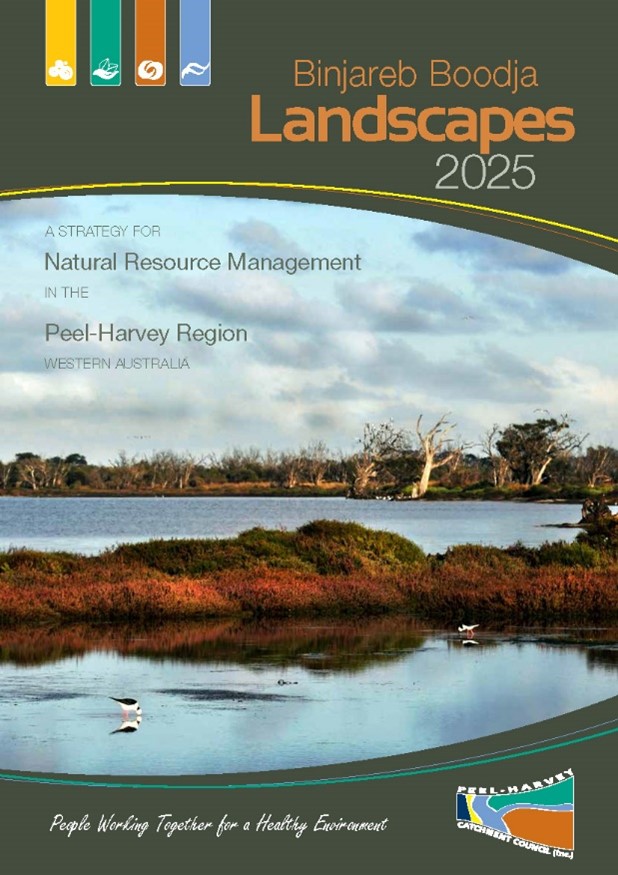
The significant change from our previous Strategy is the inclusion of detailed management actions for the delivery of our National Landcare Programs, including detail on how the plan aims to deliver actions and to demonstrate how we are tracking towards outcomes and monitoring their effectiveness towards long term goals. The shift from a time dependent, stand-alone document to an interactive website means the Strategy can easily be updated to ensure new information is made available and monitoring against implementation can be updated.
The Strategy identifies our natural assets, threats and actions to protect and restore these assets, towards a thriving catchment that supports lives and livelihoods. Implementing these actions will support the goals and targets set by the plan. These actions were developed through community consultation, however given that the plan is ‘living’, they can be refined and updated as the plan progresses.
Key elements of our environment are still deteriorating and reversing that decline will require working together and a much greater investment from all parts of society. Such investment will deliver significant social, economic and ecological returns far beyond initial dollar values and help protect the amenity and lifestyle that we all enjoy. Making our environment resilient to current and future challenges is fundamental to maintaining our quality of life and that of generations to come.
Our Vision
The Peel-Harvey Catchment is once again a flourishing network of interconnected, productive landscapes, with diverse, healthy and resilient ecosystems, globally and locally recognised, acknowledged and embraced for its environmental significance. It is wisely managed by a community that values it – people working together for a healthy environment.
Snapshot of Peel-Harvey Catchment
The Peel-Harvey is a place of great natural beauty strategically located between the Perth and South West regions of Western Australia. These natural assets are of significant environmental, social and economic importance and are under increasing pressure from a multitude of threats and stresses.
The Region
The Peel-Harvey region, Binjareb Boodja, is one of seven NRM regions in Western Australia recognized by the Australian and WA governments. It is 1 173 620 ha and covers the entire surface water catchment of the Peel-Harvey estuarine system.
The Region is home to 159 000 residents, and this is expected to grow to 257 700 by 2061 with the majority centred around the Peel-Harvey Estuary and lower reaches of the Murray and Serpentine rivers.
Major land-based economic activities are agriculture ($324 million p.a.), mining ($3.4 billion p.a.), water supply, land development, recreation, tourism and logging. The coverage and impact of these on natural resources is significant and a major challenge for natural resource managers.
Values
Much of the region is of international and national significance for its unique natural values. These include the Peel-Yalgorup Wetland System, Dryandra Woodland, Banksia woodlands, and the majestic Jarrah Forest of the Darling Plateau. Due to the uniqueness of the area’s flora and fauna and the severe pressure it is under from human impacts the Region forms part of the internationally recognized South West Biodiversity Hotspot.
Iconic species such as the numbat (Myrmecobius fasciatus), woylie (Bettongia penicillata), chuditch (Dasyurus geoffroii), Carnaby’s black cockatoo (Calyptorhynchus latirostris), thrombolites and blue manna crab (Portunus pelagicus) all have significant habitats and are valued by our community and visitors.
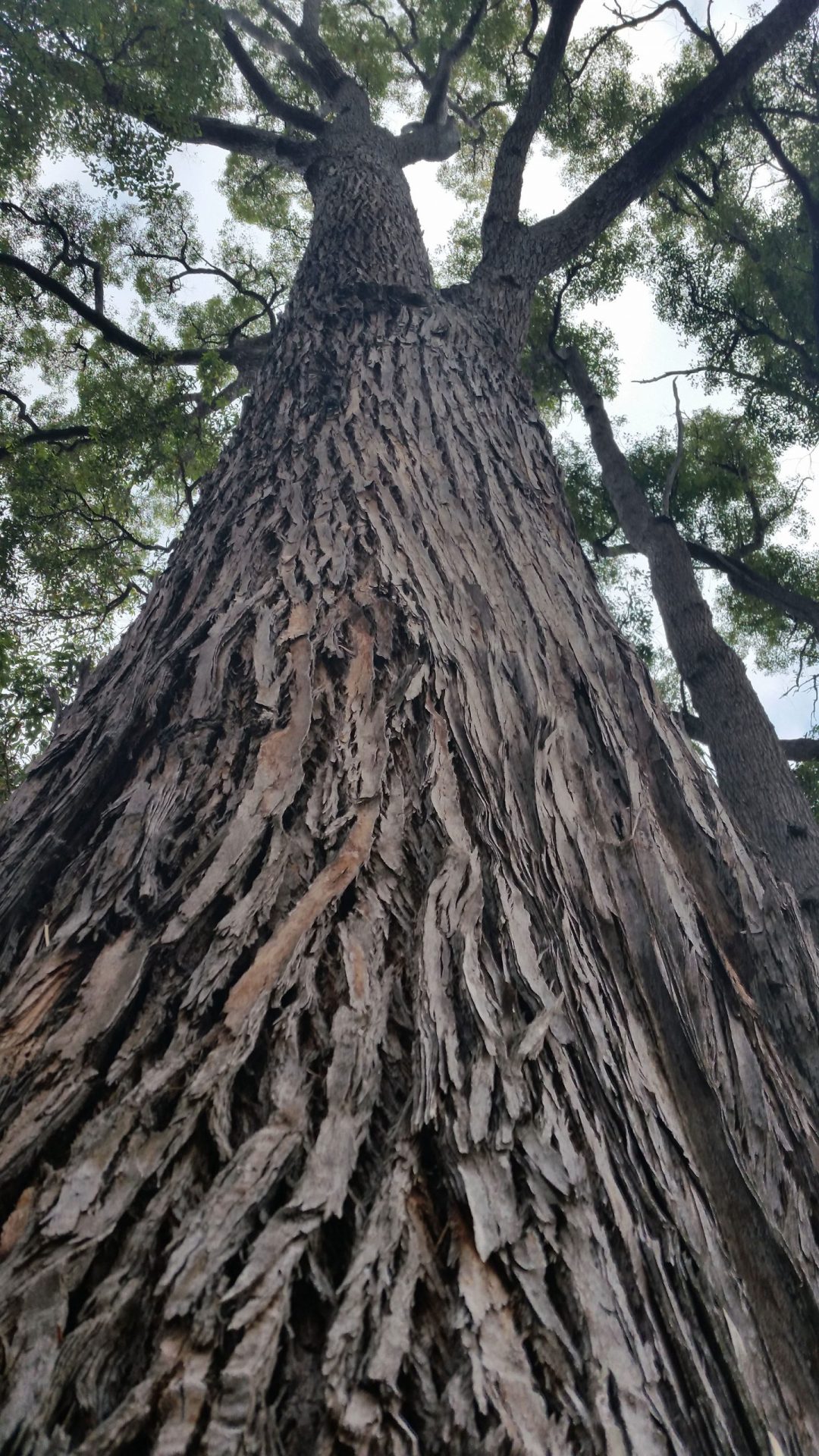
Snapshot of Peel-Harvey Catchment Council
Peel-Harvey Catchment Council is a not for profit, community based Natural Resource Management Organisation. We are one of 7 natural resource management (NRM) groups within Western Australian and one of 54 across Australia.
With a strong emphasis on partnerships, we work with landholders, community groups, industry, the Australian Government, Government of Western Australia and local governments to affect change ‘on-ground’ and in the way we manage our environment. We promote an integrated approach to catchment management and the way we protect and restore the environment within the Peel-Harvey catchment.
Our activities address sustainable natural resource management (NRM) including climate change, river and wetland restoration, biodiversity protection, sustainable agriculture and building community capacity. The past ecological collapse of the Peel-Harvey Estuarine System demands a continued emphasis on water quality issues.
The majority of PHCC staff are based in Mandurah and provide administrative support, coordination, project management, mapping and communications for all of the work PHCC undertakes. Our Boddington office continues to grow as capacity increases and we have a long standing presence in the Waroona landcare office, where we work alongside like-minded organisations.
We are governed by an excellent Board, some of which are founding members. Our skills based Board includes representatives from community, NRM based State Agencies and representatives of our 16 local governments. Board members are also active on Program Steering Committees and actively working to support our collective vision.
The majority of our project funding is via tender from the Australian Government. State government funding also supports delivery (secured via grants, delivery agreements and election commitments). Industry and local government partnerships continue to strengthen our ability to delivery for our community.
PHCC have achieved a wide range of community natural resource management outcomes since its inception in 2001. This includes the investment of millions of dollars in onground works, community engagement and capacity building, as well as science and research and developing and/or supporting plans and changes to legislation for greater protection of our natural assets. Attracting this investment provides meaningful natural resource management, as well as the social and the economic benefits to our community.
Our Mission
- Building community education and capacity
- Influencing and leading critical thought and environmental pride
- Exemplifying and implementing best practice
Strategic Directions
The PHCC are guided by 6 goals, identified in our Strategic Directions.
Goal 1:
Govern, Lead and Manage the PHCC
We will unite under clear agreed directions, with excellent governance, effective management, inspiring leadership and a flexible organisational culture
Govern, Lead and Manage
Systemise our governance, leadership and management practices to serve the needs of our people, embed continuous improvement, and enable us to perform at our best
Goal 2:
Secure our Future
We will operate under a robust business model and strategy that acknowledges uncertainty and builds resilience for a sustainable future
Business Model
Secure revenue streams to achieve financial resilience
Workforce Plan
Secure PHCC’s outstanding workforce capacity
Goal 3:
Influence key decision-makers for better catchment governance
Decision-making and policy development will reflect a robust and enduring commitment to the health of the Peel-Harvey catchment, enshrined in a governance framework that has the environmental health and protection of the catchment at its core
Shaping the Political Environment
Engage and support key NRM decision-makers to shape the political environment in favour of the Peel-Harvey Catchment and the Peel-Harvey Catchment Council
Goal 4:
Facilitate Collaborative Adaptive Management
Catchment management in the Peel-Harvey will be through adaptive management models, grounded in evidence-based practice and science to protect the environmental health of the estuary and catchment
Science Leadership
Provide scientific leadership to inform about the state of the Peel-Harvey catchment, foster adaptive management and encourage greater protection and investment, based on the scientific evidence
Ramsar Values
Support a collaborative approach to the management of our Ramsar System
Goal 5:
Deliver quality environmental outcomes
Successful partnerships will result in a celebrated projects that demonstrate the Peel-Harvey Catchment Council’s ability to deliver quality environmental outcomes
Protecting and Restoring our Natural ReImplement priority actions of our NRM Strategy (Binjareb Boodja Landscapes 2025) to address major environmental issues for the protection of our highest priority environmental assets
Goal 6:
Engage and enable individuals and communities*
We will empower our community to be effective catchment managers and instill confidence and courage to be champions for our environment
Build Community Capacity
Empower and assist our community to improve skills in catchment management, and increase participation in NRM
Partnerships
Build relationships with local government and industry to deliver quality environmental projects to meet mutual objectives, and embed environmental protection into decision making processes
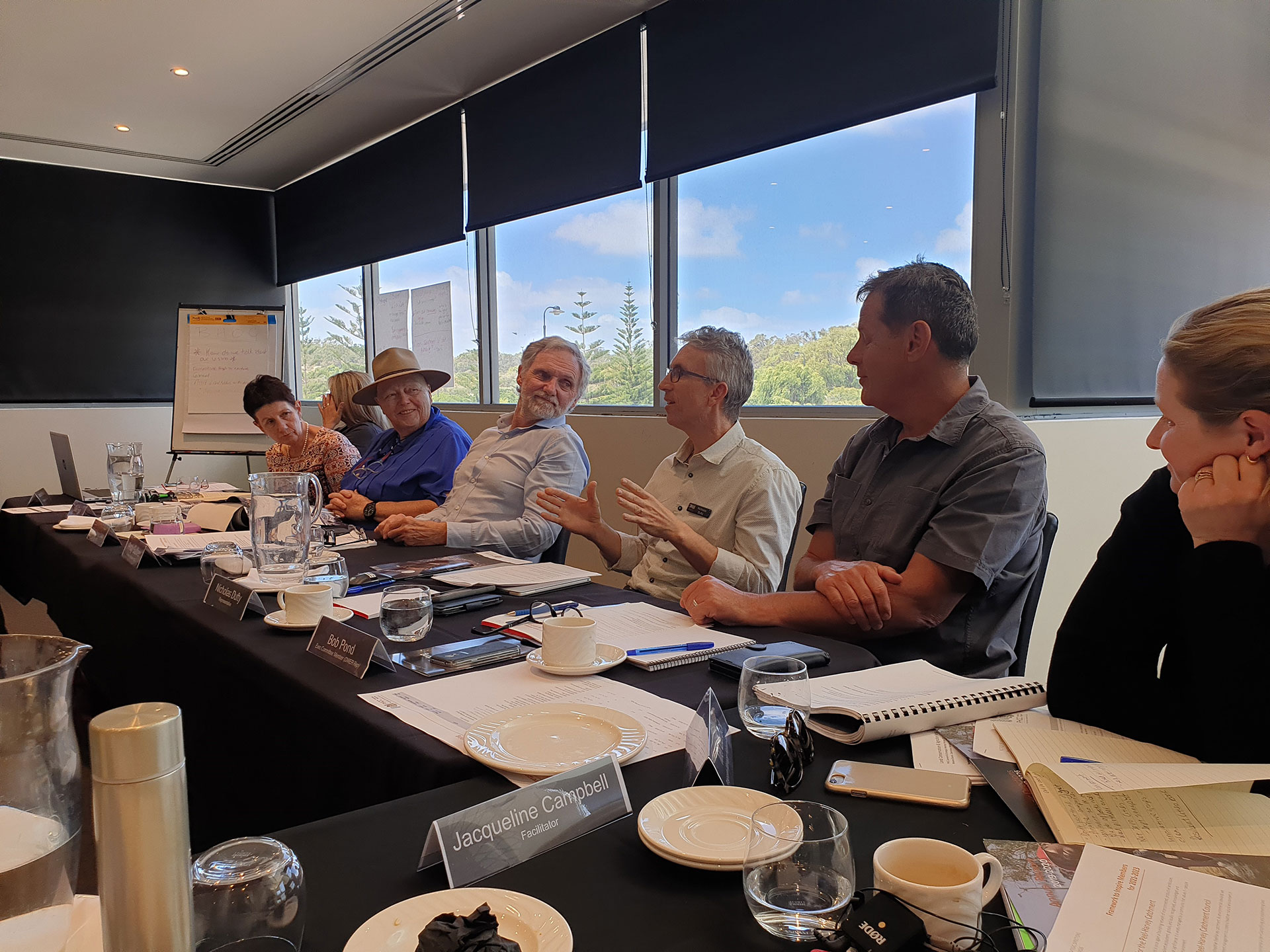
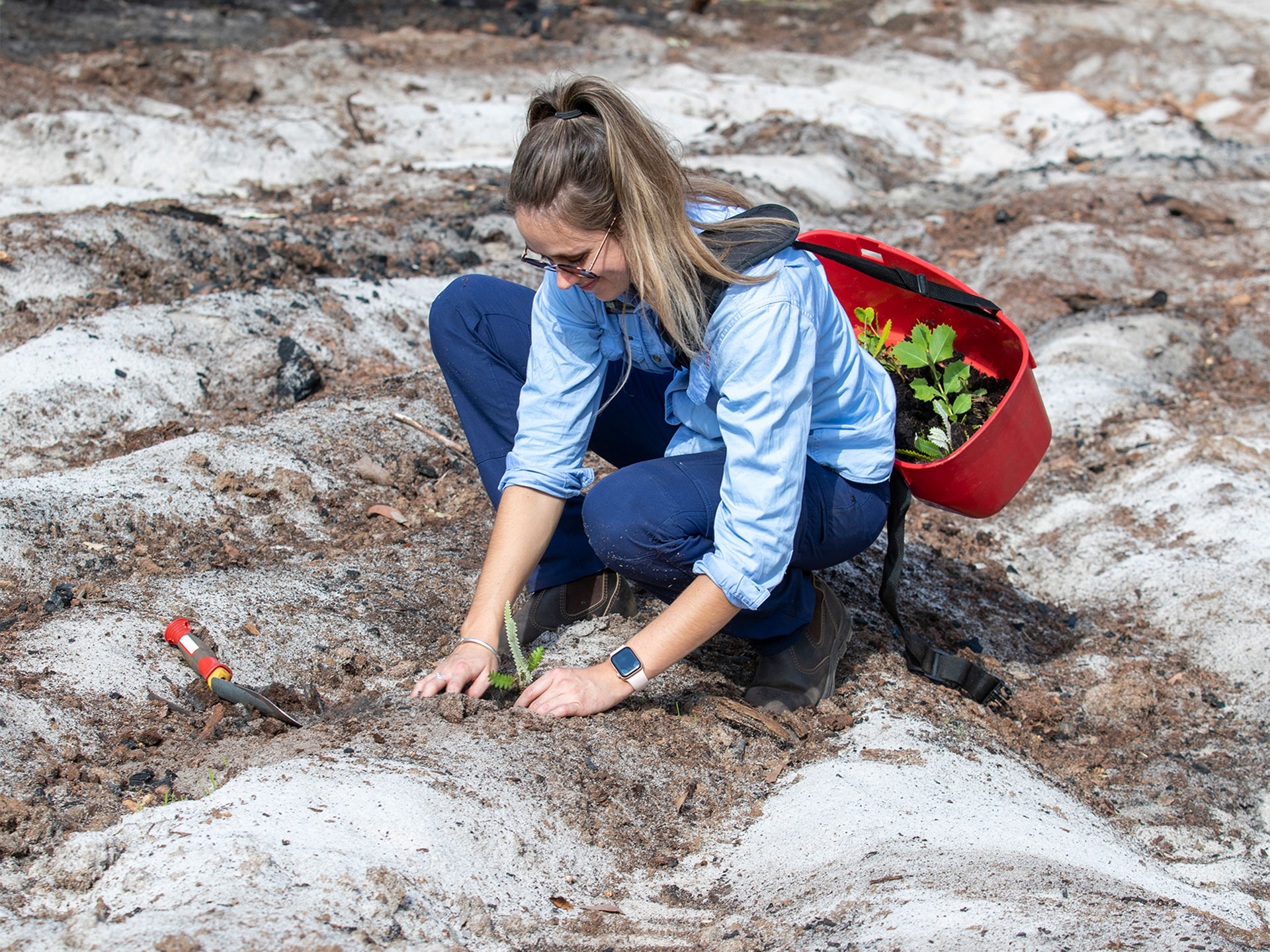
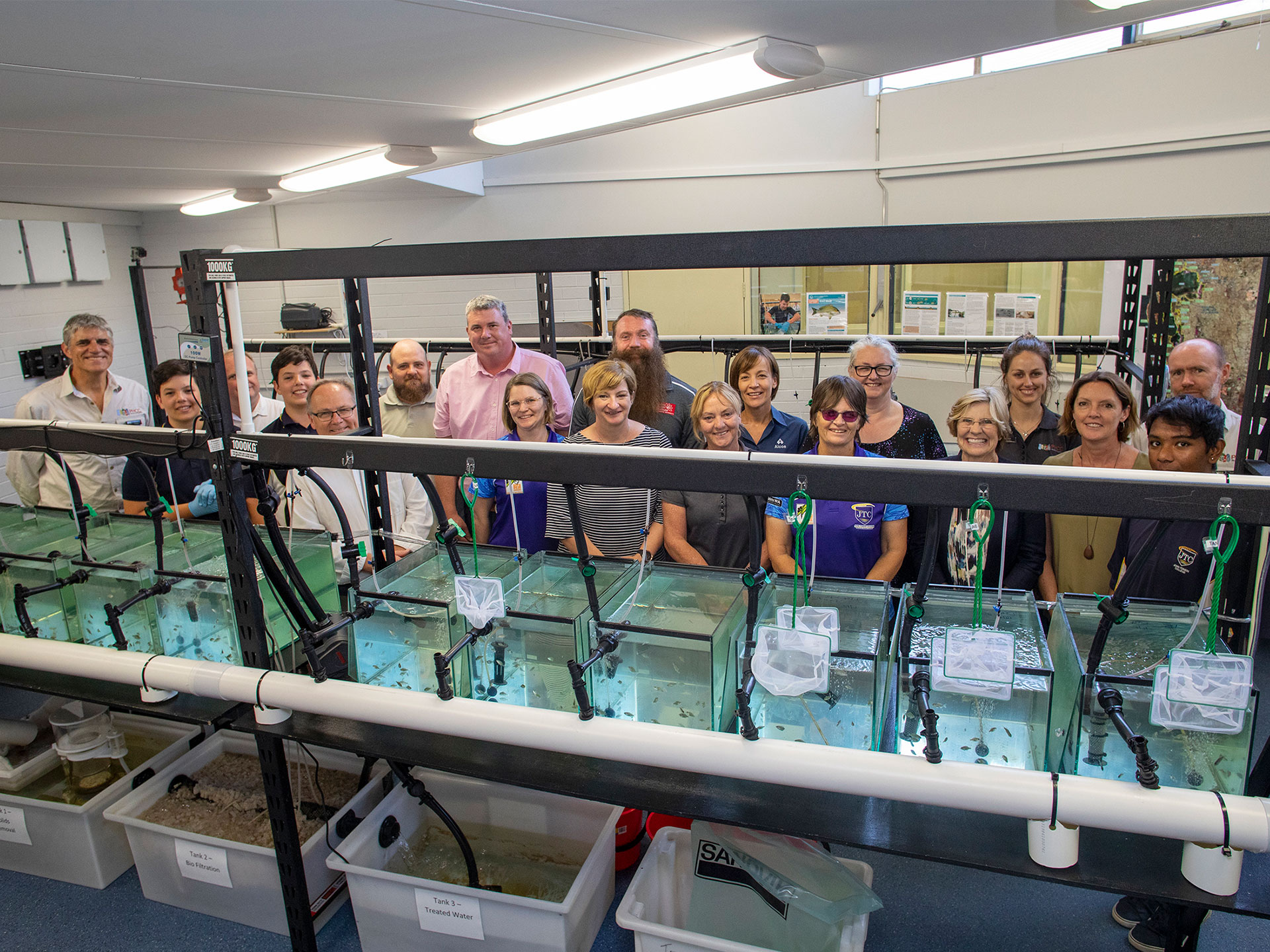
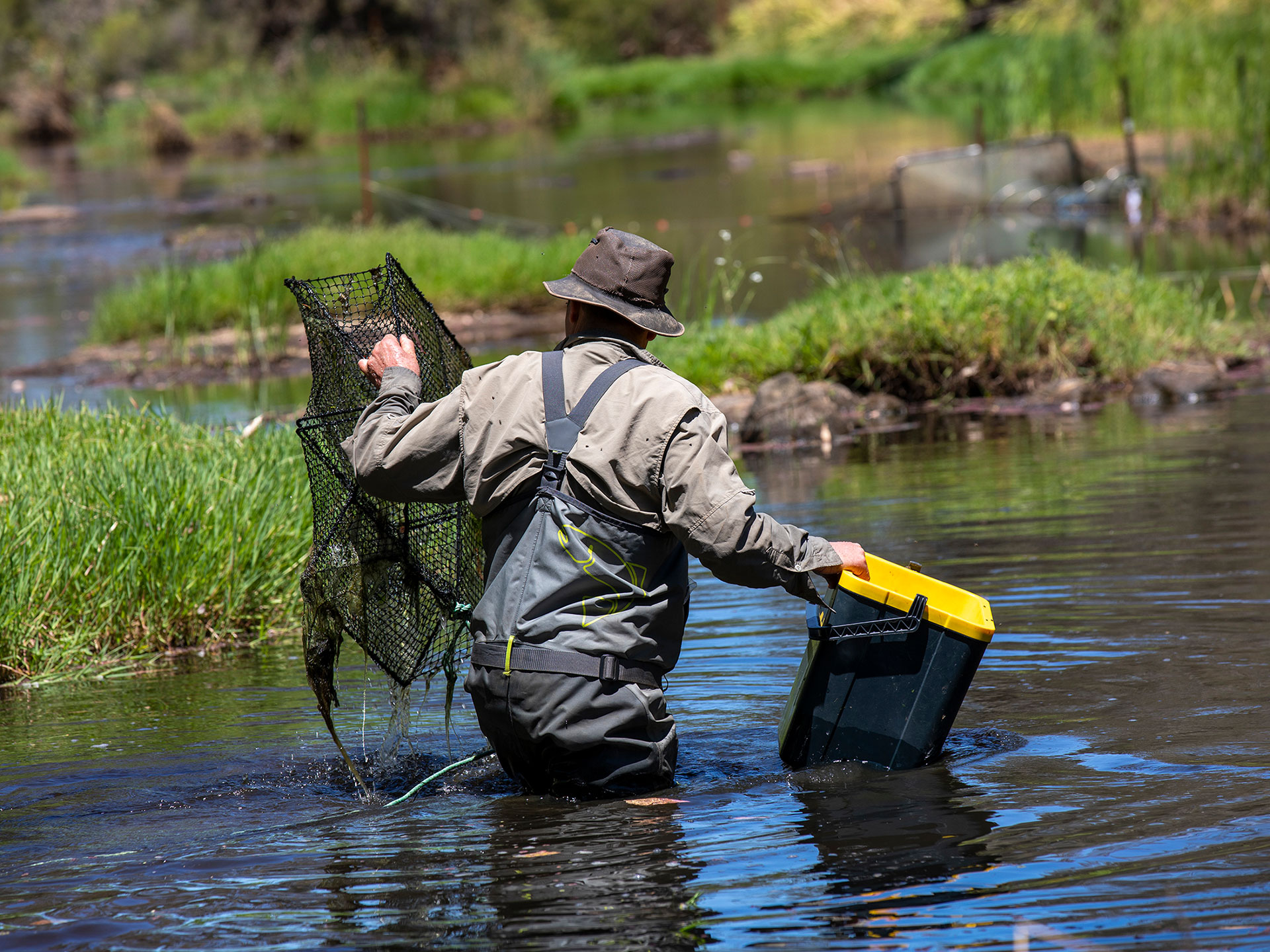
*NOTE: the term community is used in the broadest sense. We include all individuals and groups who have a ‘stake’ in the catchment, including all levels of government, businesses, industries, NGOs, Aboriginals, land owners, residents, community groups, media, etc. Where individual and local community groups are the focus the term ‘local community’ is used. Where government and industry are discussed separately, they are referred to as Government and Industry.
Planning Principles
In developing the goals, targets, strategies and actions that the plan centres on, the following principles apply. These principles ensure that natural resource management is planned in a consistent way and that the plan achieves the greatest benefit from the investment made into sustaining our natural resources. The principles include:
- Maximise return on investment and ensure investment is protected
Investment in natural resource management can easily be undermined by lack of follow up, or further changes in the region. A good example is weed control, where lack of monitoring and follow up can cause the previous investment to be wasted as infestations regrow.
- Priority based
Investment in natural resource management can easily be undermined by lack of follow up, or further changes in the region. A good example is weed control, where lack of monitoring and follow up can cause the previous investment to be wasted as infestations regrow.
- Prevention is better than cure
Cost effectiveness of programs is always going to be promoted through the benefits of protecting areas that currently do not have the threats present, particularly for weed and pest control.
- Partnerships
Partnerships are critical given the multi-layered nature of natural resource management. It involves the support and collaboration of the community, Indigenous community, industry, landholders and all levels of government.
- Integrated management
Natural resource management does not contain clear boundaries between different programs, strategies or actions. Often the work of one, may also benefit the other, and integration needs to be designed into the plan. This is demonstrated in the management actions, where one action may sit under multiple programs.
- Balanced decisions
Investment decisions for natural resource management needs to consider all the benefits and costs associated with economic, social and environmental values.
- Evidence based decisions
Planning, design and investment decisions need to be based on sound science, evidence and knowledge to ensure that best practice is implemented. This will at times require adaptive management and evaluating actions and outcomes to ensure they are meeting objectives.
- The entire community needs to be involved
The whole community benefits from effective management of natural resources and therefore everyone is responsible to help foster strong natural resource management..
Linkages to other plans and legislation
Implementation our Strategy relies on linkages to priorities across all levels of Government and community. See our resources to review relevant legislation, plans, strategies and information relevant to the Peel-Harvey Catchment
Linkages to Australian Government’s Regional Land Partnership 5 year outcomes
PHCC tendered for, and secured funding to implement priority actions to protect natural assets under the Regional Land Partnership Program, as summarised below. These integrate into the NRM plan through the delivery of management actions under each relevant program.
Below are the 5 year outcomes relevant to the Peel-Harvey Catchment.

Outcome 1
By 2023, there is restoration of, and reduction in threats to, the ecological character of Ramsar sites, through the implementation of priority actions.
Wetlands and People
A community restoring the ecological character of the Peel-Yalgorup Ramsar 482 Wetlands (Peel-Yalgorup System).
Read More
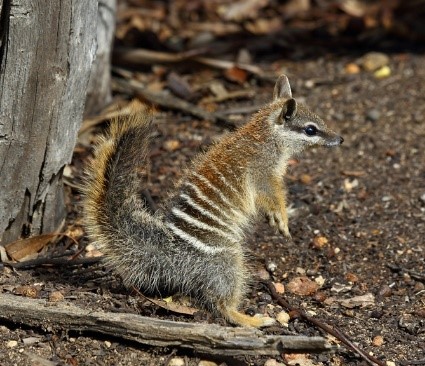
Outcome 2
By 2023, the trajectory of species targeted under the Threatened Species Strategy, and other EPBC Act priority species, is stabilised or improved.
Numbat Neighbourhood
Supporting people to protect the vulnerable Noombat wioo (Numbat, Myrmecobius fasciatus) in the wild
Primary Asset: Myrmecobius fasciatus (Numbat)
Secondary Asset: Bettongia penicillata (Woylie) Dasyurus geoffroii (Chuditch)
Additional: Matchstick Banksia, Red-tailed Phascogale and Malleefowl
Read More
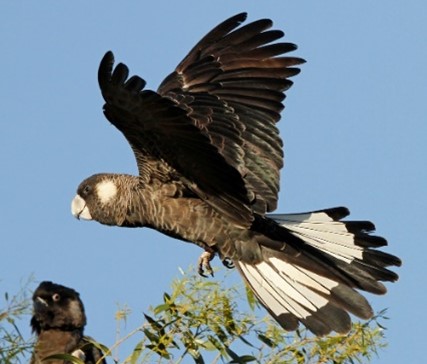
Outcome 3
By 2023, the trajectory of species targeted under the Threatened Species Strategy, and other EPBC Act priority species, is stabilised or improved.
Protecting WA Black Cockatoos
Primary Asset: Calyptorhynchus latirostris (Carnaby’s black cockatoo)
Secondary Asset: Calyptorhynchus banksii naso (Forest red-tailed black cockatoo)
Read More
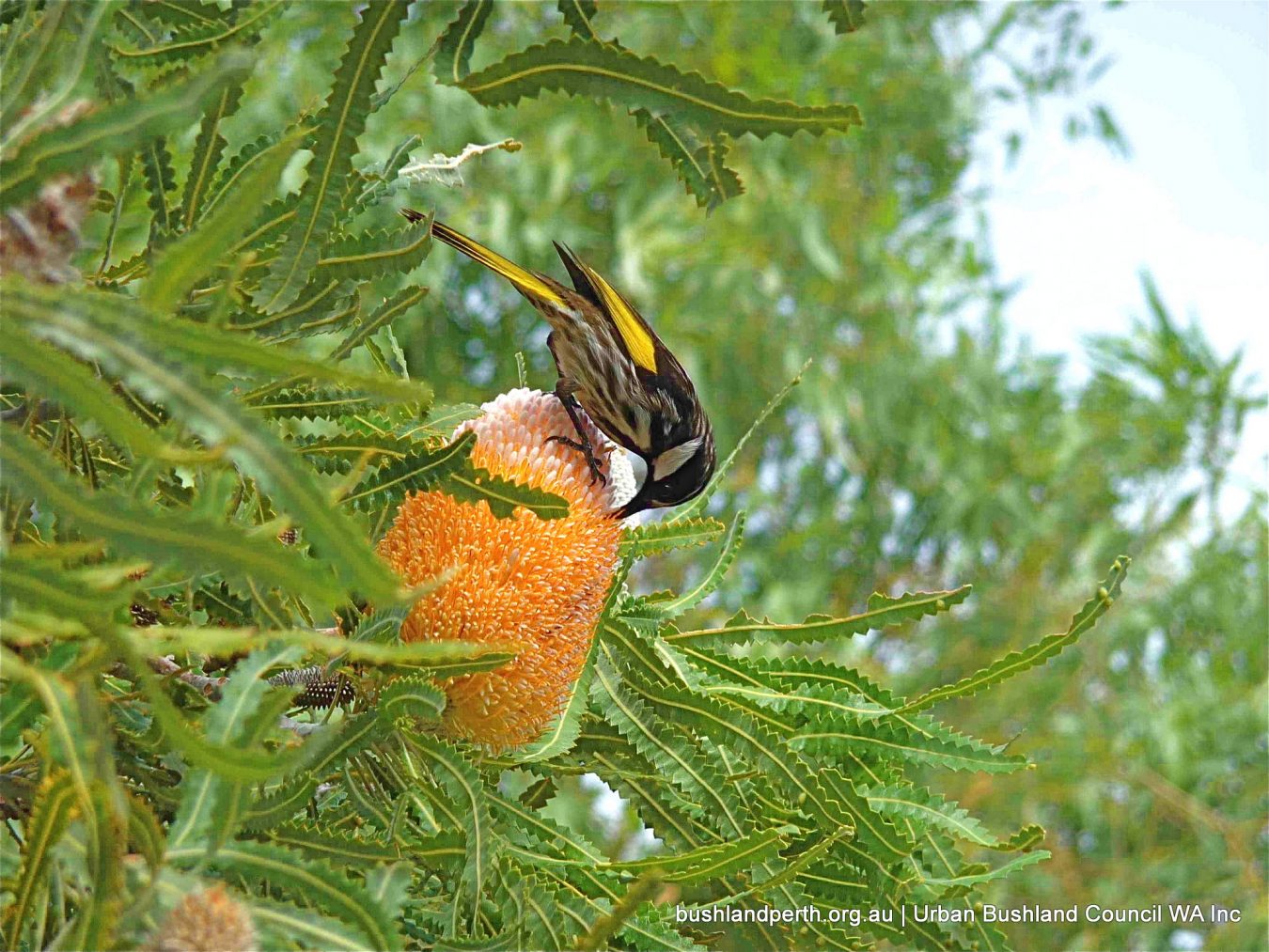
Outcome 4
By 2023, the implementation of priority actions is leading to an improvement in the condition of EPBC Act listed Threatened Ecological Communities.
A World for Woodlands
Reducing threats to Banksia Woodland Threatened Ecological Communities through land stewardship
Primary Asset: Banksia Woodlands of the Swan Coastal Plain
Secondary Asset: Clay Pans of the Swan Coastal Plain
Read More
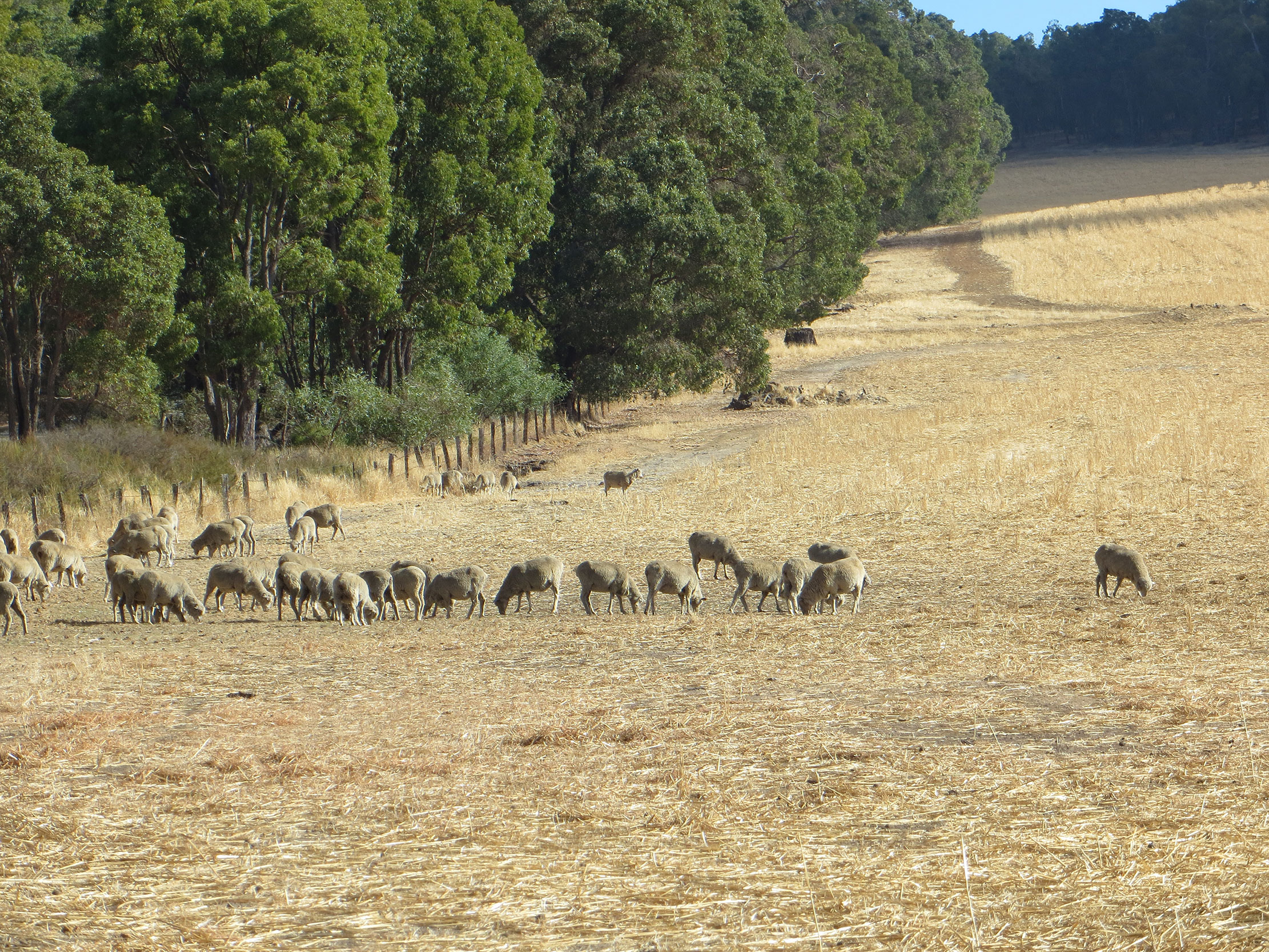
Outcome 5
By 2023, there will be increased awareness and adoption of land management practices that improve and protect the condition of soil, biodiversity and vegetation
Greening Farms
Greening the Peel-Harvey Landscape for Farming, Fodder and Fauna
Read More
- Vegetation and biodiversity on farms
- Reducing the risk of soil and nutrient loss from wind erosion and reducing the risk of soil and nutrient loss from hillslopes
Implementation
The NRM plan will be implemented in accordance with funding availability through government, industry or private funding. Implementation will trigger detailed operational plans guided by the NRM Strategy framework.
Monitoring and Review
Monitoring
Monitoring will be an ongoing process through the plan to ensure that PHCC and the community can:
- Learn about the effectiveness of the actions;
- Highlight to partners about the value of investment to date; and
- Refine and improve the implementation over time.
Each NLP project will have a unique monitoring program to determine the effectiveness of the actions delivered as part of the program.
Review
Review of our Strategy will be conducted as needed. This will provide an opportunity to update, remove or include new information and/or management actions. This is a valuable feature of the plan given the uncertainty that exists in planning, funding and implementation.
Amending our NRM Strategy
The ability to amend the NRM plan is a key feature of its design. Due to the dynamic nature of funding opportunities and legislative changes, the plan needs to be able to adapt to a changing mix of opportunity. This is the reason why unique management actions have been designed that can easily attract funding. In addition, being able to draft new management actions is also valuable to ensure that the plan can meet current needs.
Inclusion of new management actions can be brought forward by any community member or stakeholder. This may occur as required if there is an urgent need to meet a funding timeframe or to deal with a new emerging issue in the region. Where supported by the PHCC board, it will then be placed into the NRM plan.
The ability to have a plan that can easily be updated will ensure that the plan is flexible and can adapt to changing funding streams or issues within the region.
